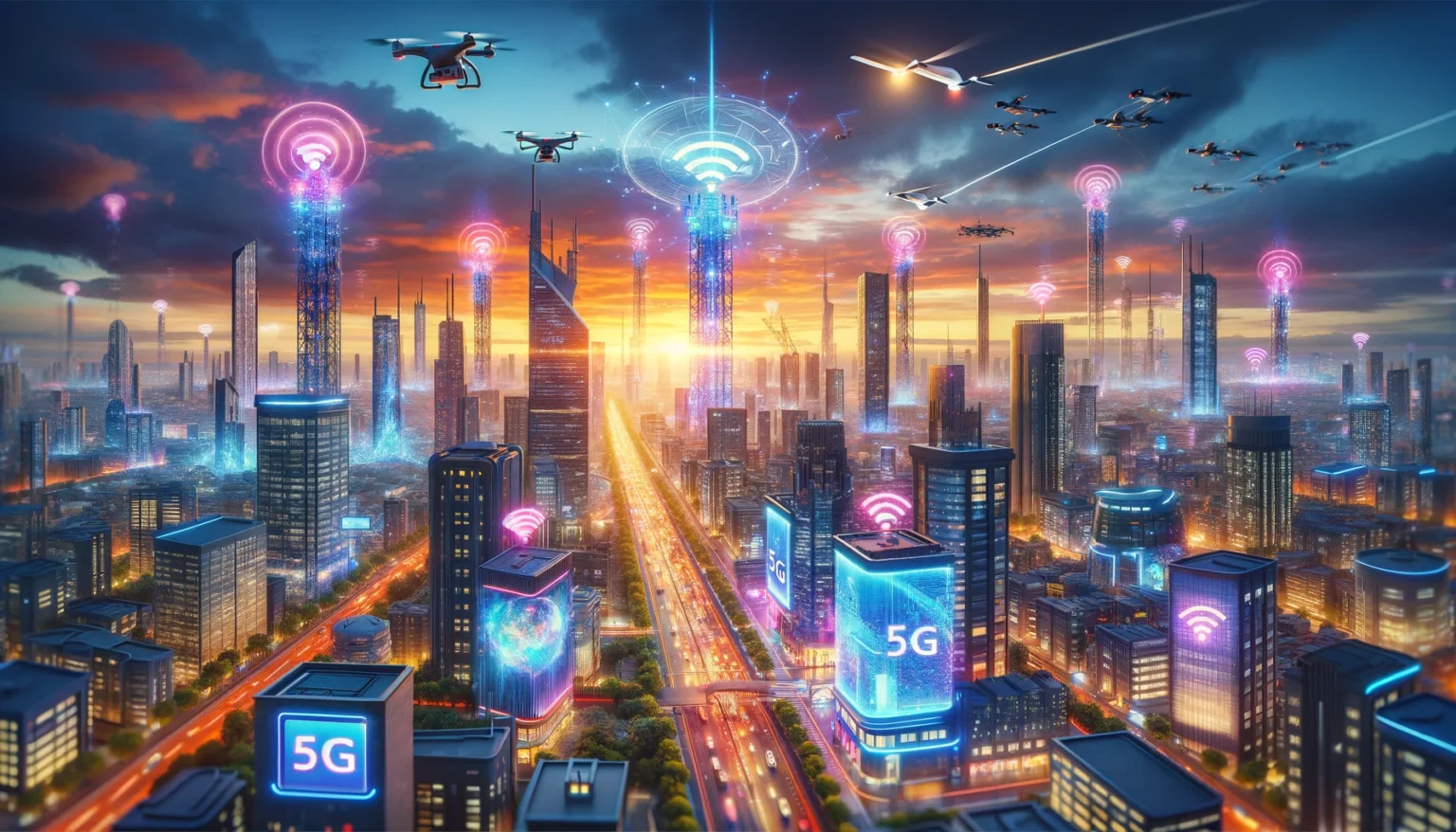In the rapidly evolving digital landscape, the emergence of 5G technology stands as a monumental leap forward, promising to revolutionize how businesses interact with their customers. This transformative technology is not just an upgrade in speed; it’s a catalyst for innovation, enabling new customer experience strategies that were previously inconceivable. As we delve into the role of 5G in reshaping customer engagement, it’s essential to understand its impact across various dimensions of business operations, from enhancing connectivity to redefining the possibilities of real-time interactions.
Unveiling the Potential of 5G
At its core, 5G technology offers significantly faster data speeds, reduced latency, and the capacity to connect a vast number of devices simultaneously. This leap in connectivity performance opens the door to a new era of digital experiences, making it possible for businesses to offer more personalized, efficient, and immersive services.
Transforming Retail with Immersive Experiences
In the retail sector, 5G is set to redefine the shopping experience by bridging the gap between physical and digital realms. Virtual reality (VR) and augmented reality (AR) applications, powered by 5G’s low latency, offer customers the ability to try products virtually, whether it’s trying on clothes without being in the store or visualizing how a piece of furniture would look in their home. These immersive experiences not only enhance customer satisfaction but also drive higher conversion rates.
Elevating Customer Service through Real-Time Interactions
Customer service strategies are poised for a significant transformation with the integration of 5G. The technology’s real-time data transmission capabilities enable more responsive and interactive customer support. For instance, video calls can become as seamless as voice calls, allowing service representatives to provide more personalized and effective solutions. Moreover, the Internet of Things (IoT) devices, powered by 5G, can offer proactive service by monitoring product performance and addressing issues before the customer even notices them.
Enriching Content Delivery and Media Consumption
5G dramatically changes the landscape for content creators and media companies, enabling the delivery of high-definition streaming content without buffering. This advancement not only improves the user experience but also opens new avenues for content creation, such as interactive live events and enhanced mobile gaming experiences. As a result, businesses can engage with their audience in more meaningful and captivating ways, fostering a deeper connection and loyalty.
Revolutionizing Healthcare with Telemedicine
The healthcare sector stands to benefit immensely from 5G technology. Telemedicine, powered by 5G, can provide high-quality, real-time video consultations, making healthcare more accessible, especially in remote areas. Additionally, wearable IoT devices can monitor patient health in real time, allowing for timely interventions and personalized healthcare plans. This level of care and attention significantly improves the patient experience, building trust and satisfaction.
Facilitating Smart Cities and Seamless Connectivity
5G is a cornerstone technology for smart cities, enhancing the quality of life through improved public services and safety. Real-time data analysis can optimize traffic management, reduce energy consumption, and improve emergency response times. For businesses, this means an opportunity to integrate their services into the fabric of everyday life, making customer interactions more seamless and integrated.
Navigating the Challenges
While the potential of 5G is vast, businesses must navigate several challenges to fully leverage this technology. These include ensuring data privacy and security, managing the complexities of 5G infrastructure deployment, and developing new competencies to create 5G-enabled services. Furthermore, there’s a need for significant investment in 5G capabilities, which might be a hurdle for smaller businesses.
Conclusion
The advent of 5G technology heralds a new chapter in the evolution of customer experience strategies. Its unparalleled speed and capacity enable businesses to innovate and offer services that were once deemed futuristic. From transforming retail with AR and VR to revolutionizing customer service and healthcare, 5G paves the way for a more connected, immersive, and personalized world.
As we stand on the brink of this technological revolution, it’s clear that 5G will not only transform how businesses interact with their customers but also redefine the expectations of what is possible. Embracing 5G is not merely about keeping up with technology trends; it’s about seizing the opportunity to redefine the customer experience in ways we are only beginning to imagine. For businesses willing to navigate the complexities and invest in 5G, the potential to lead in innovation and customer satisfaction is immense. The future is here, and it’s powered by 5G.
FAQs
Q 1: What is 5G?
Ans: 5G is the fifth generation of mobile network technology, offering faster data speeds, reduced latency, and the ability to connect more devices simultaneously compared to its predecessors. It’s designed to support a vast array of devices and services, including enhanced mobile broadband, IoT applications, and emerging technologies like AR and VR.
Q 2: How does 5G improve customer experience?
Ans: 5G improves customer experience by enabling more reliable and faster connections, supporting immersive technologies like AR and VR for interactive shopping, enhancing real-time customer service through video calls, and facilitating quicker content streaming without buffering.
Q 3: What are the benefits of 5G for businesses?
Ans: 5G offers several benefits for businesses**, including the ability to offer innovative and personalized customer experiences, improved operational efficiency through IoT devices, and the opportunity to enter new markets by leveraging 5G-enabled services like telemedicine and smart city solutions.
Q 4: Are there any challenges in adopting 5G?
Ans: Adopting 5G comes with challenges, such as the need for significant investment in infrastructure and technology, ensuring data privacy and security in the highly connected environment, and developing new skills to create and manage 5G-enabled services.



